The electrical infrastructure can be affected by the operational states and the network expansion for steady state conditions and transients. NEPLAN offers cutting-edge functionalities in a friendly graphical environment and with different licensing alternatives (cloud, intranet and local), in order to perform different analyzes on a modular concept.
The following modules are part of the basic functionalities in NEPLAN simulations:
Graphical Editor
Allows for modeling of any type of electrical network, whether in transmission, distribution, industrial or generation systems.
- Intuitive data manager
- Interfaces for data and graphics exchange with third-party software
- Different languages available
- Symbol editing
Presentation in diagrams, variants and graphic layers
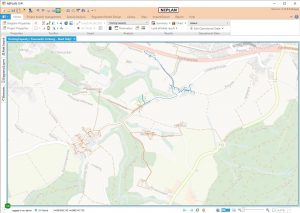
Load Flow
Allows for the analysis of network operation in steady state. It works in AC and DC systems with robust algorithms for the convergence of symmetric, asymmetric, radial or ring networks.
Load Flow ModuleShort Circuit
This module performs short circuit analysis in DC and AC systems, symmetric or asymmetric. It provides the fault calculations for lines and busses with different types of faults: single-phase, two-phase, three-phase, and special faults (for example, opening of a phase, double fault to ground or between two voltage levels).
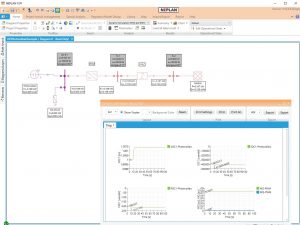
Dynamic Simulation (RMS/EMT)
RMS stability analysis enables the following applications:
- Connection of renewable energies and verification of compliance with the network code
- Rotor angle stability
- HVDC, FACTS and SVC applications
- Load shedding and automatic generation control
- Control in wide area networks
Intuitive modules for protection coordination:
- Distance protection
- Overcurrent protection
- Protection device Management
- Fault location
- Frequency, differential, and other relays for dynamic simulation
Protection Management allows for simultaneous simulation of all fault types and locations, in order to validate the selectivity of the system.
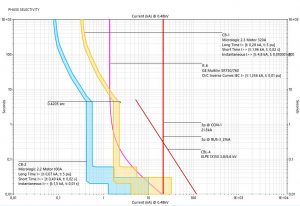
NEPLAN’s Assets Management tool answers the question “What if?”. This module offers high flexibility in the modeling of any system, allowing the evaluation of assets individually and defining a medium and long-term strategy, in order to optimize investment planning, maintenance, reliability in energy supply, among others.
- Management of operating assets
- Strategic data management
- Data management
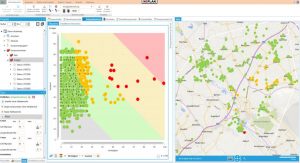
With the penetration of distributed energy resources, electric mobility, network digitization and new market models, the electrical infrastructure faces new challenges that might not be available to conventional offline simulations.
Simulation in the cloud is one of the most efficient techniques for its integration on smart grid models. It allows access to computing resources (storage, servers and applications) immediately and without interaction with the provider. Likewise, cloud architecture favors the integration of mathematical models with the real system; by leveraging digital technologies (e.g., smart metering).
Some applications with simulation in the cloud:
- Demand response
- Variable rates
- Energy Management systems
- Early alarm systems
- Smart metering

Topics of interest in modern network simulations:
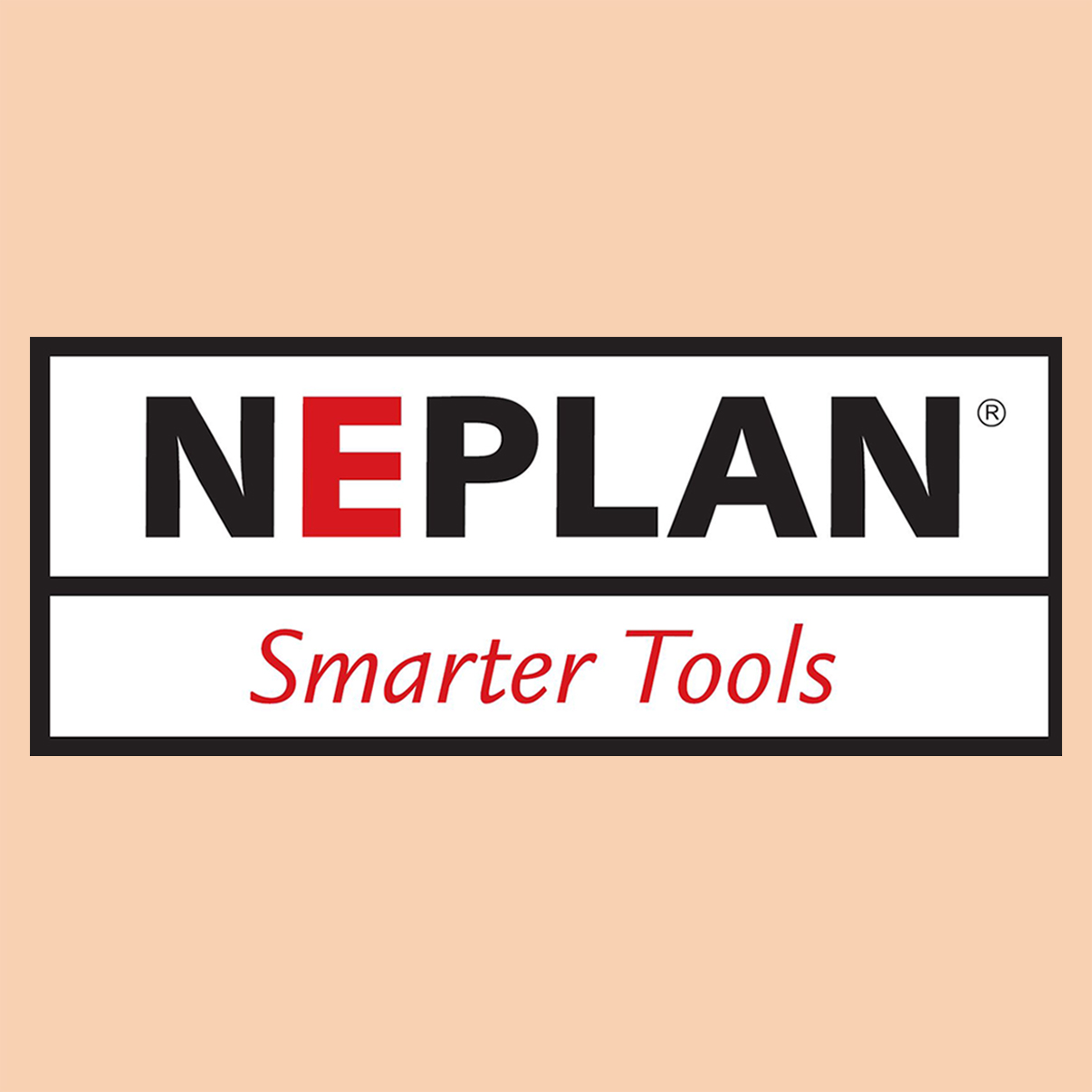
NEPLAN 10/360
Power System Analysis Tool
Power systems analysis software Cloud or intranet licenses according to user needs
Add to cart to request a formal quote
Add to quoteAdd to quote
NEPLAN 10/360
Power System Analysis Tool
Standard Modules
- Load Flow
- Simulation Over Time with Load Profiles
- Short Circuit Analysis
- Harmonic Analysis
- Motor Starting
- Network Reduction
- Grounding Systems Analysis (Xgslab)
Stability Modules
- Voltage Stability
- Dynamic Simulator – RMS / EMT
- Small Signal Stability
Advanced Modules
- Reliability Analysis
- Maintenance focused on reliability
- Asset Management (Capex – Opex)
- Comprehensive strategic asset management
- Smart grid management
- Optimization of voltage regulators and switches
Protection Modules
- Overcurrent Protection
- Distance Protection
- Protection Evaluation
- Protection Device Management
- Fault Location
- Arc Flash
- Current Transformers Saturation
- Cable Thermal Analysis
Optimization and Security Modules
- Optimal charge flow
- N-1 & N-2 Contigencies
- Analysis of Available Transfer Capacity (ATC)
- Optimum Flapping (optimal points of separation)
- Optimal capacitor placement
- Optimal service restoration strategy
- Investment analysis
- Reinforcement of feeders
Current Modules
- Electric Mobility
- Distributed Generation
- Infrastructure Optimization
- Network Code Compliance











